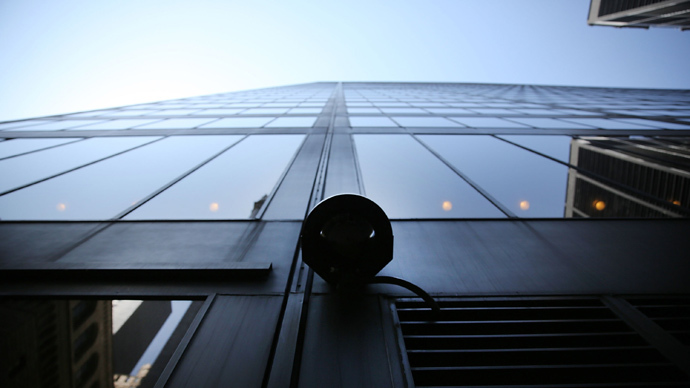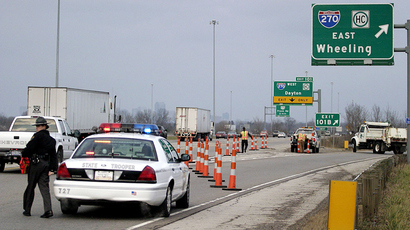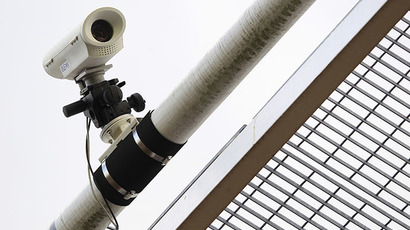US govt intel researchers to ‘radically expand’ facial recognition capabilities

The United States intelligence community’s research arm is set to launch a program that will thoroughly broaden the capabilities of biometric facial recognition software in order to establish an individual’s identity.
The Janus program of the Intelligence Advanced Research Projects
Agency (IARPA) will begin in April 2014 in an effort to
"radically expand the range of conditions under which
automated face recognition can establish identity," according
to documents released by the agency over the weekend.
Janus "seeks to improve face recognition performance using representations developed from real-world video and images instead of from calibrated and constrained collections. During daily activities, people laugh, smile, frown, yawn and morph their faces into a broad variety of expressions. For each face, these expressions are formed from unique skeletal and musculature features that are similar through one's lifetime. Janus representations will exploit the full morphological dynamics of the face to enable better matching and faster retrieval."
Current facial recognition relies mostly on full-frontal, aligned facial views. But, in the words of Military & Aerospace Electronics, Janus will fuse “the rich spatial, temporal, and contextual information available from the multiple views captured by security cameras, cell phone cameras, news video, and other sources referred to as ‘media in the wild.’”
In addition, Janus will take into account aging and incomplete or ambiguous data for its recognition assessment goals.
IARPA was created in 2006 and is a division of the Office of the Director of National Intelligence. The intelligence agency is modeled after DARPA, the Pentagon’s notorious research arm that fosters technology for future military utilization.
In-Q-Tel, a not-for-profit venture capital firm run by the Central Intelligence Agency, invests in companies that develop facial recognition software.
In an age of ubiquitous surveillance video amid a severe lag of legal protections for privacy, civil liberties advocates are expressing concern.
IARPA’s effort to significantly boost facial recognition capabilities "represents a quantum leap in the amount of surveillance taking place in public places,” said Jay Stanley, a senior policy analyst with the American Civil Liberties Union’s Speech, Privacy and Technology Project, as quoted by USA Today.
Stanley noted that law enforcement and the like could easily run random facial recognition programs over surveillance video to assess the identities of crowds in public places without oversight.
IARPA gave industry representatives a solicitation briefing on the program in June, according to media reports.
Late last month, the Federal Bureau of Investigation published a request for information in developing “a roadmap for the FBI's future video analytics architecture” as the agency prepares to make its high-tech surveillance abilities all the more powerful.
In September, the Department of Homeland Security tested its Biometric Optical Surveillance System (BOSS) at a junior hockey game in Washington state. When it’s fully operational, BOSS could be used to identify a person of interest among a massive crowd in just seconds.
Over the summer, the state of Ohio admitted it had access to a facial recognition database that included all state-wide driver’s license photos and mug shots without the public’s knowledge.














